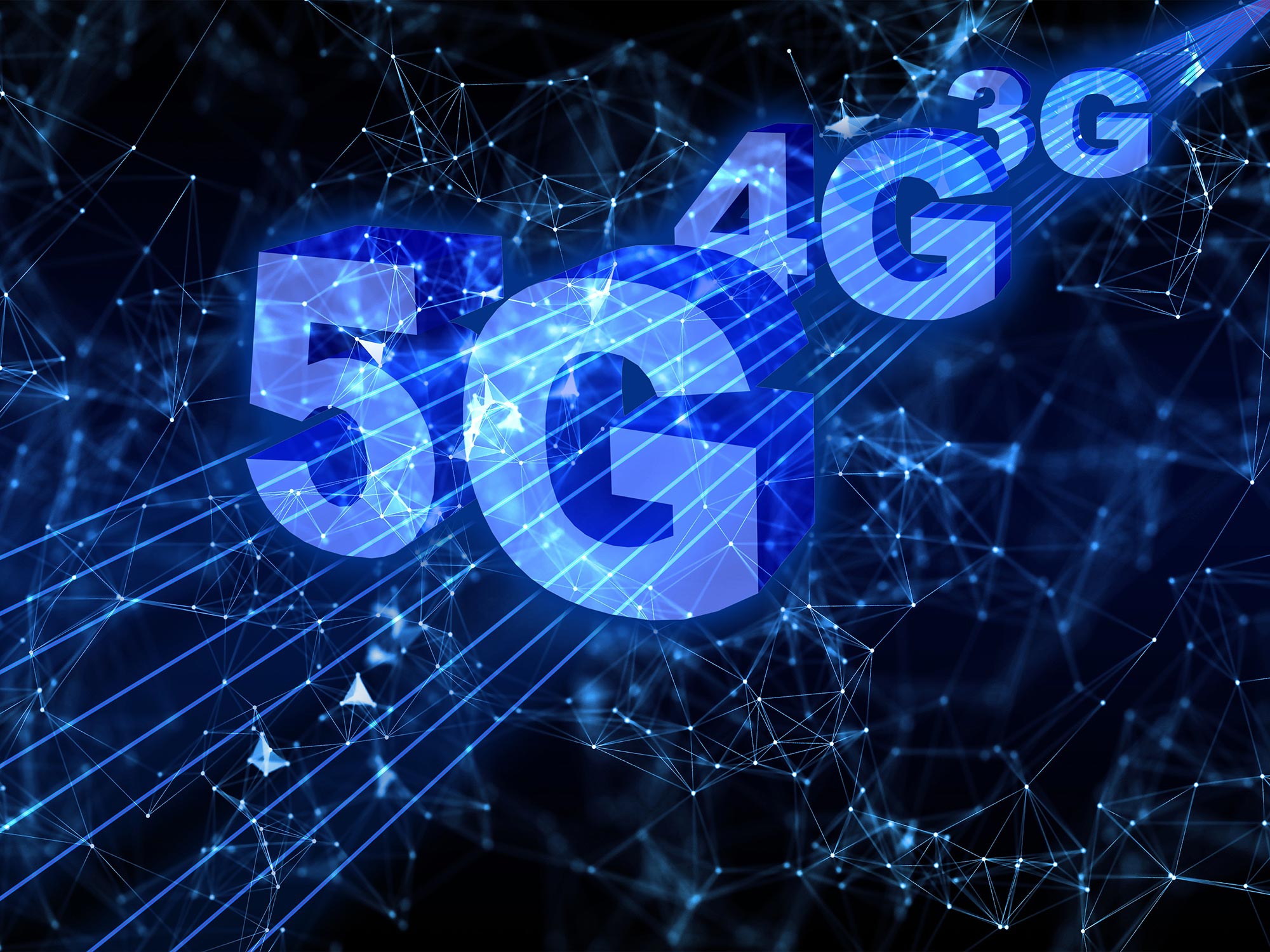
The density of the transmitter means greater exposure of the population to high levels of radio frequency electromagnetic fields.
We must err on the side of caution and interrupt the global deployment of 5G telecommunications networks (fifth generation) until we are sure that this technology is completely safe, recommends an expert in an opinion article published online at Journal of Epidemiology & Community Health.
There are no health problems with 5G and COVID-19, despite what conspiracy theorists have suggested.
But the transmitter density required for 5G means that more people will be exposed to radio frequency electromagnetic fields (RF-EMFs) and, at levels that emerging evidence suggests, are potentially harmful to health, argues Professor John William Frank of the Usher Institute , University of Edinburgh.
The advent of 5G technology has been hailed by governments and certain personal interests as transformative, promising clear economic and lifestyle benefits through the massive increase in wireless and mobile connectivity at home, work, school and in the community, he says.
But it has become the subject of a fierce controversy, fueled by four key areas of uncertainty and scientific concern.
The lack of clarity about exactly what technology is included in 5G; and a growing, but far from comprehensive, laboratory research body indicating the biologically destructive potential of RF-EMFs
An almost total lack (still) of high-quality epidemiological studies on the impact on human health of exposure to EMF 5G
Increasing epidemiological evidence of such effects from previous generations of exposure to RF-EMF at lower levels
Persistent claims that some national telecommunications regulatory authorities have not based their RF-EMF security policies on the latest science, amid potential conflicts of interest
The 5G uses radio waves of much higher frequency (3 to 300 GHz) than in the past and makes use of very new support technology – and relatively unassessed, in terms of security – to allow for this greater transmission capacity. data, points out Professor Frank.
Their inherent fragility means that transmission reinforcement ‘cell’ antennas are generally needed every 100-300 m – which is much more spatially dense than the transmission masts needed for older 2G, 3G and 4G technology, using lower frequency waves, he says.
A dense broadcast network is also needed to achieve the ‘anywhere / anytime’ connectivity promised by 5G developers.
Existing 4G systems can serve up to 4,000 devices that use radio frequency per square kilometer; 5G systems will connect up to one million devices per square kilometer – greatly increasing the data transfer speed (by a factor of 10) and the volume of data transmitted (by a factor of 1000), he explains.
While several major reviews of the existing evidence on potential 5G health damage have been published in the past decade, they have been of “varying scientific quality,” suggests Professor Frank.
And they have not stopped the clamor of “an increasing number of engineers, scientists and doctors internationally … calling on governments to raise their security standards for RF-EMFs, to commission more and better research and to postpone further increases in public exposure, awaiting evidence. clearer security, ”he writes.
The maximum safety limits allowed for exposure to RF-EMF vary considerably around the world, he points out.
Furthermore, ‘5G systems’ is not a consistently defined term, comprising very different specific technologies and components.
“It is highly likely that each of these many forms of transmission will cause somewhat different biological effects – making solid, comprehensive and up-to-date research into these effects virtually impossible,” he explains.
Recent reviews of laboratory data on RF-EMFs indicate that exposures can have wide-ranging effects, including reproductive, fetal, oncological, neuropsychiatric, cutaneous, ocular and immunological. But there is absolutely no evidence to suggest that this is implicated in the spread of COVID-19, as some conspiracy theorists have suggested, he emphasizes.
“There are reports of experienced commentators on the web unmasking this theory, and no respectable scientist or publication has supported it,” he says, adding: “the theory that related 5G and EMC contributed to the pandemic is baseless.
But for the current 5G launch, there is a solid basis for invoking ‘the precautionary principle’ because of significant doubts about the safety of a new and potentially widespread human exposure, which should be sufficient reason “to call for a moratorium on this exposure, pending proper scientific investigation of its suspected adverse health effects, ”he says.
There is no compelling public health or safety reason for the rapid deployment of 5G, he insists. The main gains promised are economic and, possibly, for some more than others, or related to greater convenience for the consumer, he suggests.
“Until we know more about what is going on, from a health and ecological point of view, these putative gains need to wait,” he concludes.
Reference: “Electromagnetic fields, 5G and health: what about the precautionary principle?” January 19, 2021, Journal of Epidemiology & Community Health.
DOI: 10.1136 / jech-2019-213595
